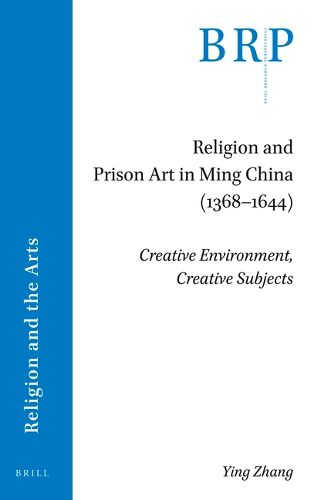Readings Newsletter
Become a Readings Member to make your shopping experience even easier.
Sign in or sign up for free!
You’re not far away from qualifying for FREE standard shipping within Australia
You’ve qualified for FREE standard shipping within Australia
The cart is loading…






Approaching the prison as a creative environment and imprisoned officials as creative subjects in Ming China (1368-1644), Ying Zhang introduces important themes at the intersection of premodern Chinese religion, poetry, and visual and material culture. The Ming is known for its extraordinary cultural and economic accomplishments in the increasingly globalized early modern world. For scholars of Chinese religion and art, this era crystallizes the essential and enduring characteristics in these two spheres. Drawing on scholarship on Chinese philosophy, religion, aesthetics, poetry, music, and visual and material culture, Zhang illustrates how the prisoners understood their environment as creative and engaged it creatively. She then offers a literature survey on the characteristics of premodern Chinese religion and art that helps situate the questions of creative environment and creative subject within multiple fields of scholarship.
$9.00 standard shipping within Australia
FREE standard shipping within Australia for orders over $100.00
Express & International shipping calculated at checkout
Approaching the prison as a creative environment and imprisoned officials as creative subjects in Ming China (1368-1644), Ying Zhang introduces important themes at the intersection of premodern Chinese religion, poetry, and visual and material culture. The Ming is known for its extraordinary cultural and economic accomplishments in the increasingly globalized early modern world. For scholars of Chinese religion and art, this era crystallizes the essential and enduring characteristics in these two spheres. Drawing on scholarship on Chinese philosophy, religion, aesthetics, poetry, music, and visual and material culture, Zhang illustrates how the prisoners understood their environment as creative and engaged it creatively. She then offers a literature survey on the characteristics of premodern Chinese religion and art that helps situate the questions of creative environment and creative subject within multiple fields of scholarship.